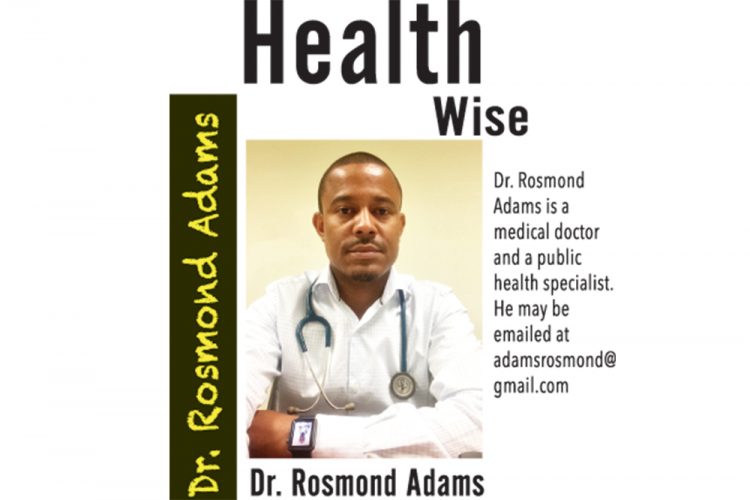From styrofoam to plastic

St Vincent and the Grenadines implemented a ban on the use of Styrofoam products sometime this year. I wrote on this topic applauding this ban in a previous column where I mentioned the environmental and health implications associated with the use of Styrofoam.
The ban on Styrofoam use is indeed a needed action to protect the vulnerable environment in which we live. As Small Island Developing States, we have been faced by a number of environmental phenomena lately that some may attribute to the neglect and the indiscriminate action of man on the environment.
Styrofoam is non-biodegradable and appears to last forever in the environment. It is resistant to photolysis, or the breaking down of materials by photons originating from light. Styrofoam that is left in the environment will not breakdown easily and will linger for a long time. Styrofoam also floats, this means that large amounts of polystyrene have accumulated along coastlines and waterways around the world. This is a main component of marine debris and is not only unsightly but poses a health risk to animals that live in rivers, lakes and ocean.
Styrofoam is made from petroleum, which is a non-sustainable resource, the production of which creates heavy pollution and accelerates climate change. The manufacturing of Styrofoam also uses hydrofluorocarbons (HFCs), which negatively impact the ozone layer and is associated with climate change.
Although this ban is in effect, I have gone into supermarkets and still see eggs, meats and other products are being sold in Styrofoam packaging. This begs the questions on the regulation of this product, not only at the points of entry, but also the lack of inspection by the regulators to ensure that supermarkets and food outlets are complying. It is also unfair to push the small man away from using this product yet bigger entities continue to do so.
Another observation that I have made is that the move from Styrofoam have caused a shift to plastics. I am not sure if the authorities when they were considering the Styrofoam ban, they did offer viable options to persons on replacing Styrofoam.
Although plastic is a useful product, many of these products are created for single-use – with an estimated 50 per cent of plastic used once and thrown away like the food containers.
Not only is this plastic bad for the environment and the oceans, but it is also harmful to wildlife – where it impacts nearly 700 species in the ocean, and humans.
Alternative biodegradable environmental options must be considered in order to ensure that the environment is protected.









